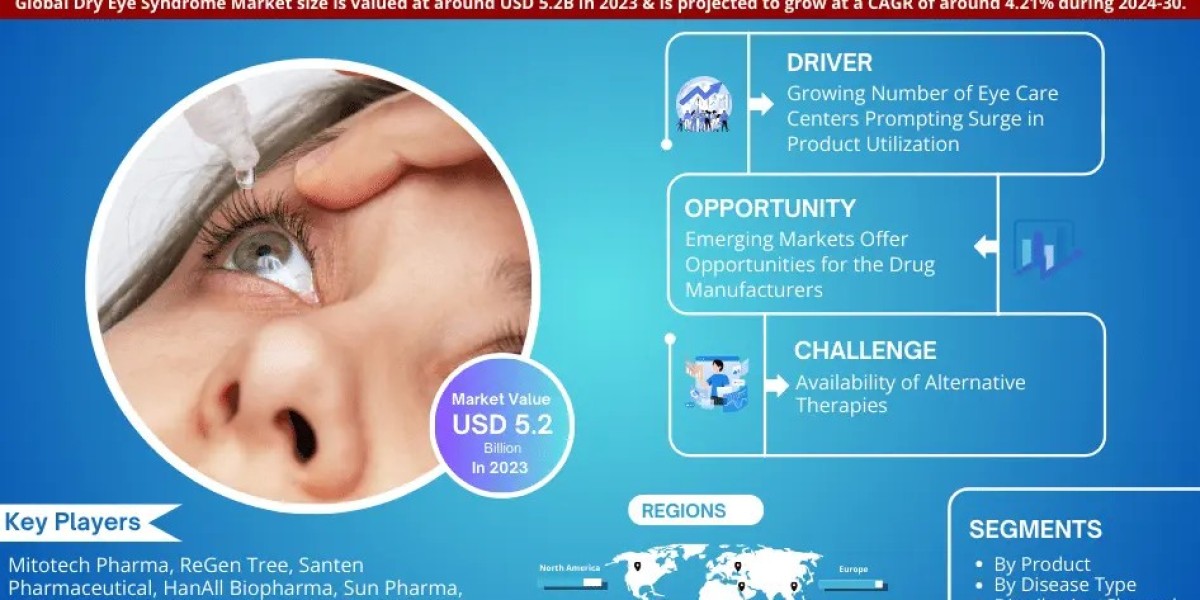As the global push for sustainability intensifies, retailers must look for ways to contribute to the cause. Electronic Shelf Labels (ESLs) are an innovative and cost-effective way that stores can help meet global sustainability goals. With ESLs, retailers can reduce their carbon footprints, save energy, and improve customer service – all while helping to protect the environment.
As the world strives to meet global sustainability goals, retailers have an opportunity to do their part with the help of Electronic Shelf Labels (ESLs). ESLs provide retailers with a way to effectively and efficiently reduce their environmental impact while still providing consumers with the convenience they need. By utilizing ESLs in their stores, retailers can not only reduce their environmental footprint but also benefit from improved customer engagement and better inventory management. In this blog post, we will explore how retailers can use ESLs to help reach global sustainability goals.
Sustainability goal
As the world continues to become more conscious of its environmental impact, businesses are striving to reach global sustainability goals. Reducing energy consumption and managing resources responsibly are key elements to achieving these goals, and many retailers are turning to Electronic Shelf Labels (ESLs) to help. ESLs are a great way for retailers to increase efficiency, save time, and reduce costs while also contributing to global sustainability efforts.
ESLs are an intelligent solution that replace traditional paper labels in retail stores. The labels are connected to a central database, allowing retailers to quickly adjust pricing information and display products without manual labor or the use of paper. This saves time and money, as well as helping reduce the amount of waste from using physical paper labels. Additionally, ESLs allow for real-time data collection, providing retailers with a greater understanding of how customers interact with their store. This data can then be used to create more efficient shopping experiences and improve customer service.
In addition to saving time and money, ESLs can also help reduce energy consumption. By eliminating the need for manual labeling and updating, retailers can drastically reduce the amount of energy used in their stores. ESLs are typically powered by wireless technology which consumes less energy than traditional methods. This can significantly reduce the environmental impact of retail stores, making them more sustainable overall.
By leveraging the benefits of ESLs, retailers can help reach global sustainability goals while also creating a better customer experience. From improved efficiency and cost savings to reduced energy consumption and waste, ESLs are an excellent way to contribute to the global sustainability effort.
What are electronic shelf labels?
Electronic shelf labels (ESLs) are a modern, digital way to display prices and product information in stores. Instead of relying on printed signs, retailers can use ESLs to quickly and easily update pricing information for their customers. This technology not only eliminates the need for manual price changes, but also helps stores become more sustainable by reducing their reliance on paper products.
ESLs are made up of a liquid crystal display (LCD) panel and a base station that connects the LCD to a store’s network. Prices, promotions, and product information can be entered into the store’s system and then automatically sent to the ESLs via the base station. Each ESL has a unique identification code which allows the store to track and manage product information.
In addition to displaying pricing information, ESLs also have features like barcodes and QR codes which customers can scan to access product details, nutritional information, recipes, videos, and more. This helps create an interactive shopping experience for customers and further enhances the sustainability benefits of using electronic shelf labels.
The benefits of electronic shelf labels
Electronic shelf labels (ESLs) provide a range of advantages to retailers, particularly when it comes to global sustainability goals. By utilizing ESLs, retailers can optimize their operations and reduce their environmental footprint in several ways.
Firstly, ESLs allow for dynamic pricing, enabling retailers to adjust prices quickly and easily according to demand. This helps to maximize profits and reduces the need for excessive production of stock that could lead to wastage.
Secondly, ESLs are extremely efficient in terms of energy consumption. The labels can be remotely updated using radio frequency or infrared technology, eliminating the need for manual labor to manually change prices. This saves both time and money, as well as reducing the amount of energy used in the process.
Thirdly, ESLs can be used to track inventory levels in real time, ensuring that items are not overstocked or out of stock. This helps prevent excess waste and enables retailers to better anticipate customer needs.
Finally, ESLs also offer a great way to increase consumer engagement by displaying product information such as price and availability in an easy-to-understand format. This helps customers make informed decisions while shopping and encourages them to return to the store in the future.
In short, electronic shelf labels offer a range of benefits to retailers looking to meet global sustainability goals. By utilizing ESLs, retailers can optimize their operations, reduce energy consumption and wastage, and engage customers more effectively.
Implementing electronic shelf labels in your store
Electronic Shelf Labels (ESLs) are quickly becoming the preferred way for retailers to update store prices, product information and promotional messages. This technology provides a huge advantage to stores that want to meet global sustainability goals. ESLs reduce the need for paper labels, which means fewer resources are used in the process. Additionally, they can provide real-time price updates, making sure prices never get out of sync with what’s listed online.
Before implementing ESLs, retailers should consider the scope of their operation. ESLs come in different sizes and resolutions, and the labels used must be chosen based on the size of the store and the products being sold. For example, a large grocery store may require higher resolution labels for items such as produce than a small convenience store. Once the appropriate label size is determined, retailers can then choose between two types of ESL systems: wired or wireless.
Wired systems use RFID tags and readers connected to cables running from each shelf to a central control unit. This allows for real-time price updates and gives retailers better control over what’s listed on each shelf. Wireless systems, on the other hand, rely on low-power radio waves and have no cables connecting each shelf. While this option is more cost-effective, it can be more prone to interference, meaning prices may not always update accurately.
The installation process also requires some attention. Before installing ESLs, retailers should take into account things like shelf orientation and height when mounting the labels. It’s also important to make sure they’re properly secured to ensure they don’t get knocked off or damaged. Additionally, some labels come with sensors that can detect temperature and humidity, so these should also be taken into consideration when setting up the system.
Once ESLs are installed in a store, retailers can begin reaping their rewards. Not only do they provide an eco-friendly solution for price updates, but they also help to streamline processes and increase accuracy in pricing. With all these benefits, it’s easy to see why Electronic Shelf Labels are becoming an increasingly popular option for retailers who want to reach their global sustainability goals.









